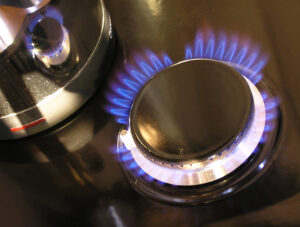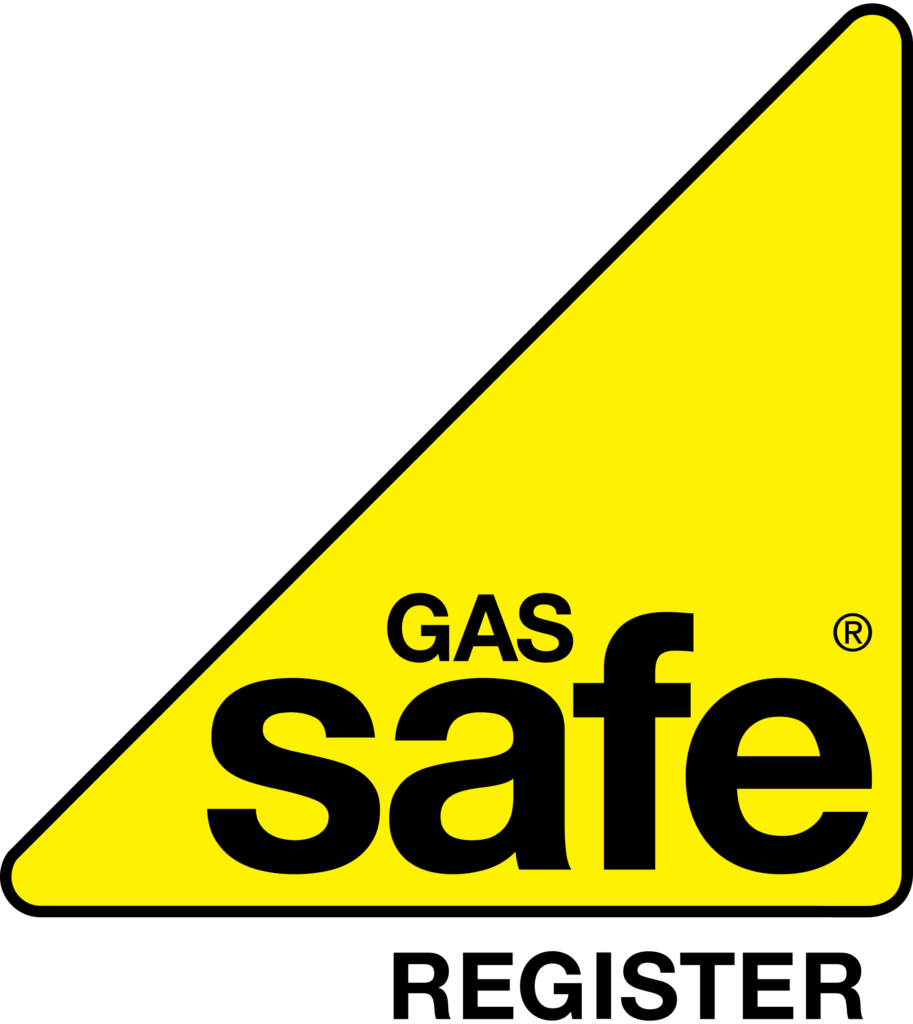Buildings fires are pretty common and they are responsible for a lot of property damage and civilian deaths. But all of the property damage and loss of precious life can be avoided by taking a few precautionary measures. There is no point in putting the property and its occupants in grave danger then you can keep them safe from fire hazard with a few simple safety measures.
A fire safety risk assessment is an important and effective step in producing a fire safety policy that will protect you and your property from fire. The assessment is not a legal requirement for non-domestic buildings but getting one can is a good idea as it ensures safety.
Necessities of a Fire Risk Assessment Procedure:
The fire risk assessment is mandatory for non-domestic buildings and if the buildings fail to get one then they can face some serious penalties. Here are some of the necessities of an assessment procedure that should be taken care of to get the best assessment.
The assessment should always be carried out by a person who is skilled and trained and who has control over the premises of the property. The assessment can be carried out by more than one person especially if the property in question is large.
1. All the relevant people that have a connection to the building should be made aware of the relevant information that is gathered through the assessment. They should be briefed about the potential fire risks that have been identified. The concerned personnel should also be made aware of the safety measures they need to take to prevent to reduce the fire risk. They should be briefed on how the safety measures can help in protecting employees in case of a fire.
2. Consulting employees and nominating some of them to take care of certain roles related to the fire safety proposals is important. It will make the safety measure much more effective.
3. All the temporary workers and nom-employees should also be briefed on the relevant fore risks that the building has along with the safety measures that are in place.
4. The presence of dangerous and combustible material in the property should also be considered because they offer potential fire risk to the property.
5. There should be an established a suitable method for contacting emergency services so that you can get timely professional help in case of a fire.
6. When the employees start working at the building they should be provided adequate information and training regarding the fire risks and safety protocols.
7. The fire safety equipment should be in perfect condition so the fire alarms, fire extinguishers, fire detectors, etc. should be maintained properly by a competent and trained person. The fire-fighting equipment is critical in minimizing the damage in the event of a fire.
8. The emergency routes of the building should be properly lit so that occupants of the building are able to evacuate the building safely. The escape routes should be highlighted and maintained so they are always in working condition.






